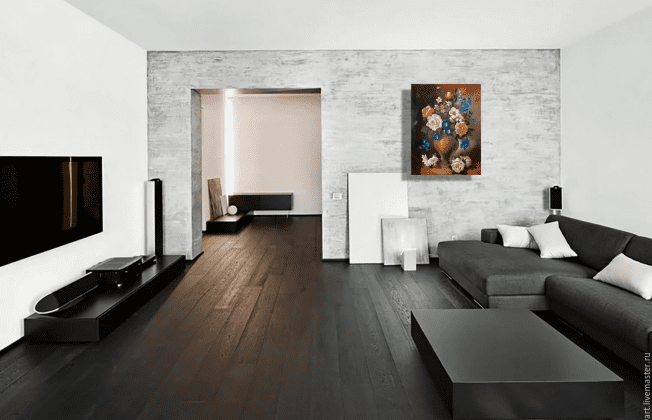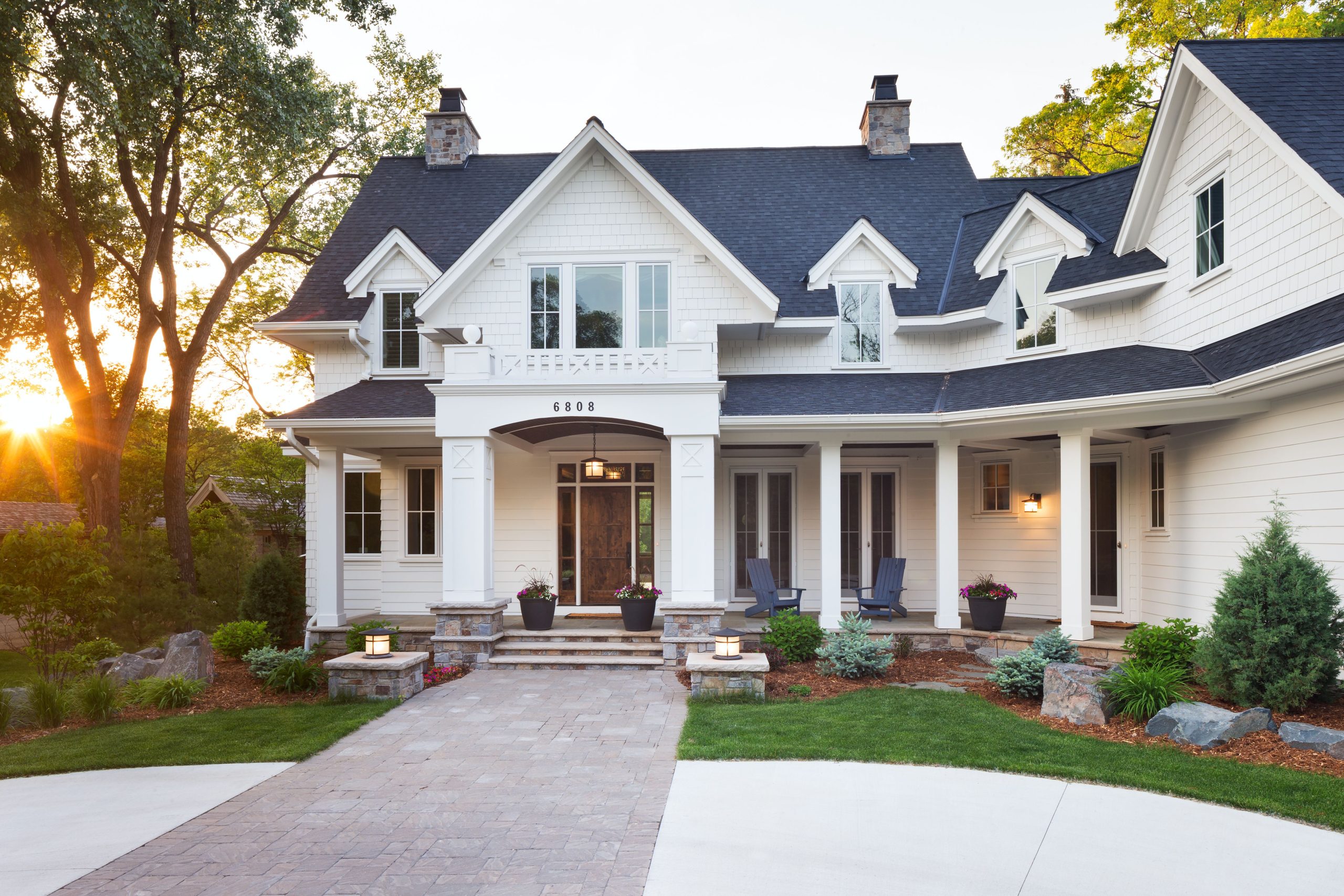Embarking on a home renovation project is both exciting and daunting. With so much information available, it’s easy to fall prey to common misconceptions that can lead to unnecessary stress, delays, or unexpected costs. In this blog, we’ll debunk some of the most prevalent renovation myths, providing you with the knowledge you need to navigate your project with confidence and clarity.
Myth 1: DIY is Always Cheaper and Better
The allure of DIY renovation is strong—after all, who wouldn’t want to save money and take pride in transforming their own space? However, the reality is that not all renovation tasks are suited for a DIY approach. While small projects like painting or minor repairs might be manageable, more complex work such as electrical wiring, plumbing, or structural changes require professional expertise. Attempting these on your own can lead to costly mistakes, safety hazards, and subpar results. Hiring a professional might seem like a bigger upfront expense, but it often saves time, money, and headaches in the long run.
Myth 2: Renovations Always Go Over Budget
It’s a common belief that renovations inevitably cost more than anticipated. While it’s true that unexpected expenses can arise, careful planning and realistic budgeting can help you stay on track. One of the key steps is to work with a reputable contractor who provides detailed quotes and sets clear expectations. Additionally, building a contingency fund into your budget—typically around 10-20% of the total cost—can cover any surprises without derailing your project. By doing your homework and making informed decisions, it’s entirely possible to complete a renovation within your budget.
Myth 3: All Renovations Add Equal Value to Your Home
Not all renovations have the same impact on your home’s value. While some projects, like kitchen and bathroom remodels, are known to offer a strong return on investment, others might not add as much value as you’d expect. For example, highly personalized renovations or luxury upgrades that aren’t in line with the neighborhood’s standard can make it harder to recoup costs when selling. It’s important to strike a balance between improving your home for your own enjoyment and considering the potential resale value. Consulting with a real estate professional or contractor who understands the local market can help you prioritize renovations that are both beneficial and financially wise.
Myth 4: It’s Best to Renovate All at Once
Many homeowners believe that tackling all renovation projects at once is the most efficient approach. While this might work for some, it’s not always the best option for everyone. Renovating multiple areas simultaneously can be overwhelming, disruptive, and financially demanding. Instead, consider breaking the project into phases, focusing on one area at a time. This allows you to manage your budget more effectively, minimize disruption to your daily life, and give each space the attention it deserves. Phased renovations also provide the flexibility to adjust plans based on what you learn along the way.
Myth 5: Permits and Regulations Are Unnecessary Bureaucracy
Obtaining permits and adhering to building regulations can feel like a hassle, but they’re essential for ensuring that your renovation is safe, legal, and up to code. Skipping permits might save time initially, but it can lead to significant problems down the road, such as fines, issues with selling your home, or unsafe living conditions. Permits also provide an added layer of protection, as the inspection process ensures that the work is done correctly. Always consult with your contractor about which permits are required for your project, and make sure they’re obtained before work begins.
Conclusion
Understanding the truth behind common renovation myths is crucial to a successful project. By debunking these misconceptions, you’re better equipped to plan, budget, and execute your renovation with confidence. Whether you’re considering a small update or a major overhaul, being informed and realistic about the process will help you achieve the best possible outcome for your home.







